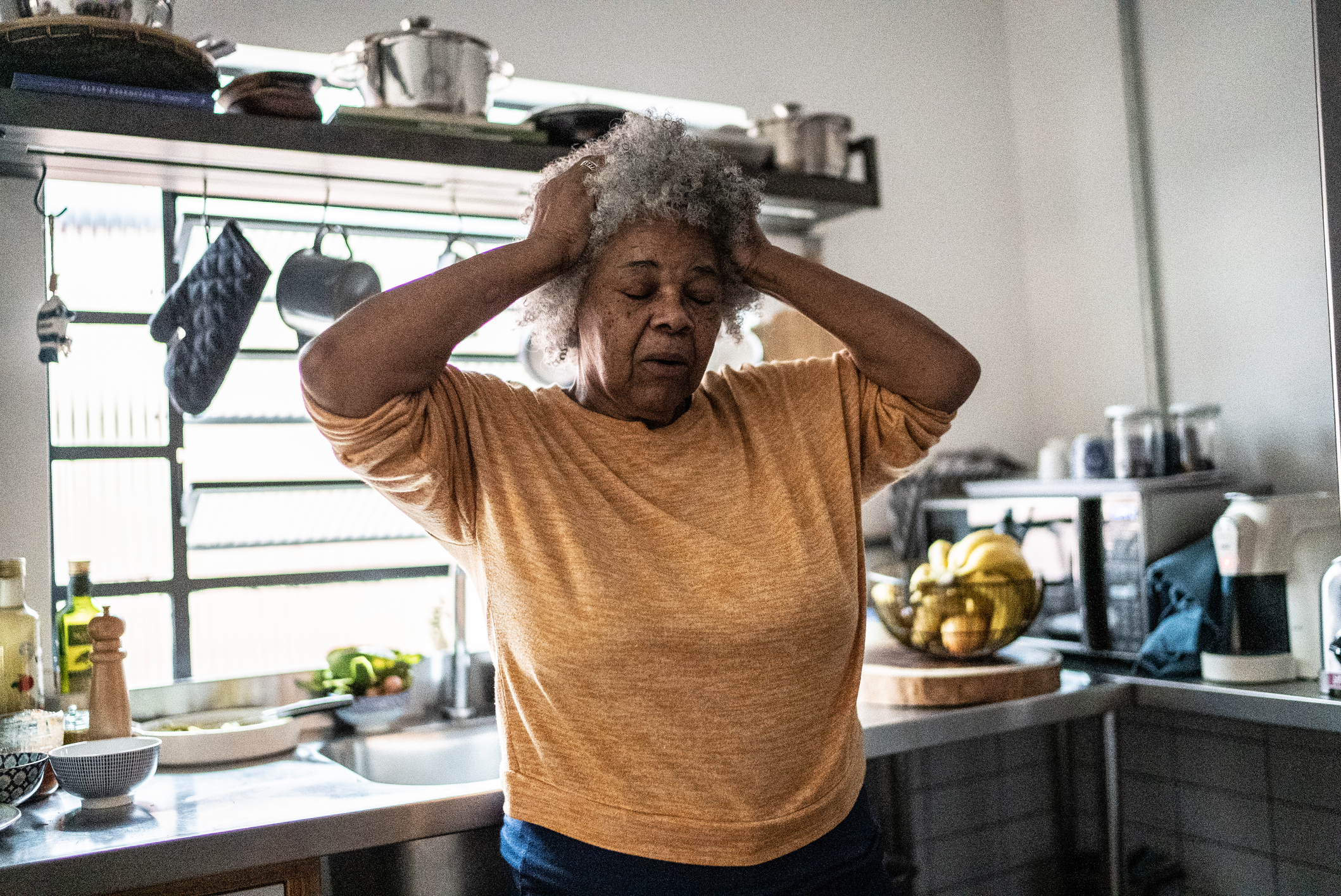Get Easy Health Digest™ in your inbox and don’t miss a thing when you subscribe today. Plus, get the free bonus report, Mother Nature’s Tips, Tricks and Remedies for Cholesterol, Blood Pressure & Blood Sugar as my way of saying welcome to the community!
Watch out for this food-borne ‘flu’

One of my friends came to me the other day and she was quite upset with me. She was not feeling well, having a hard time focusing at work and felt she had lost much of her energy. She blamed me.
Why?
She had decided to follow a paleo way of eating after learning about the success I had in turning my health around when I first converted all those years ago. So, after two weeks on the diet, and feeling a bit sluggish, she aimed her dissatisfaction at me — and I was partially to blame.
I forgot to warn her about the “low-carb flu.” Of course it’s not really a flu-like illness, and not everyone experiences it, but it can leave you feeling rather ill. Symptoms vary, but can include:
- Digestive distress
- Impaired fat burning
- Low energy
- Mood swings
- Carb and sugar cravings
- Feeling even more sluggish than before
Following a paleo diet is not meant to mirror a low-carb diet, at least not in the way the Atkins diet intentionally does. It’s just a consequence (a positive one in the long run) of eliminating grains, legumes and sugars from your diet.
But here’s the problem: When a diet is heavy on high carb food, as the Standard American Diet (SAD) is, your body gets very used to functioning on carbs for energy.
As Mark Sisson (of Mark’s Daily Apple) explains:
“If your body is used to employing easy glucose carbs and now must create glucose from fats and protein (a slightly more complex but entirely natural mode of operation), it can take some time to get up to speed. Rest assured that our bodies can and are doing the job. It simply takes time to work efficiently. The transition actually shifts metabolic related gene expression, increasing fat oxidation pathways and decreasing fat storage pathways. (That’s nothing to shake a stick at!) Within a few weeks, the body should be fairly efficient at converting protein and fat for the liver’s glycogen stores, which provide all the glucose we need for the brain, red blood cells, muscles, etc. under regular circumstances.”
Skipping the grains and other carbohydrates — especially sugar — and eating a low-carb, paleo diet is a better way to lose weight. Time after time, studies [1] show that compared to a low-carb diet, a reduced calorie/low-fat diet doesn’t cut it.
So if you want to reap all the benefits of the paleo diet, what can you do to ease through “low-carb flu” and stick to you guns (because cheating at this point can actually make your symptoms worse!)?
Eat more fat
That’s hard for some people transitioning to paleo to grasp. It’s pretty hard for anyone to grasp considering the wrong-headed information we were taught about fat for so long.
But saturated fat is a great source of clean, non-toxic energy. Omitting carbs switches your body from a glucose-burning engine to a fat-burning one.
So, try this… if you’re eating too much lean meat, try eating organ meats or chicken with the skin. But grass-fed beef, bison and lamb have a better omega-6/omega-3 ration in their fat than pork or chicken. And sustainable wild Alaskan salmon fits the bill as well.
Other natural sources of saturated fat include butter, lard and tallow. Coconut oil, even just a couple of spoonfuls a day, can help you get through low-carb slump by providing much-needed fuel.
Paleo.leap.com even suggests that those struggling to get enough fat at first try heavy cream from grass-fed and pastured cows or goats.
The basic principles of the paleo diet can make just about anyone healthier. If you are new to it, I hope you can stick through to see a real difference in your health. I’ll be glad to help guide you as much as I can.












